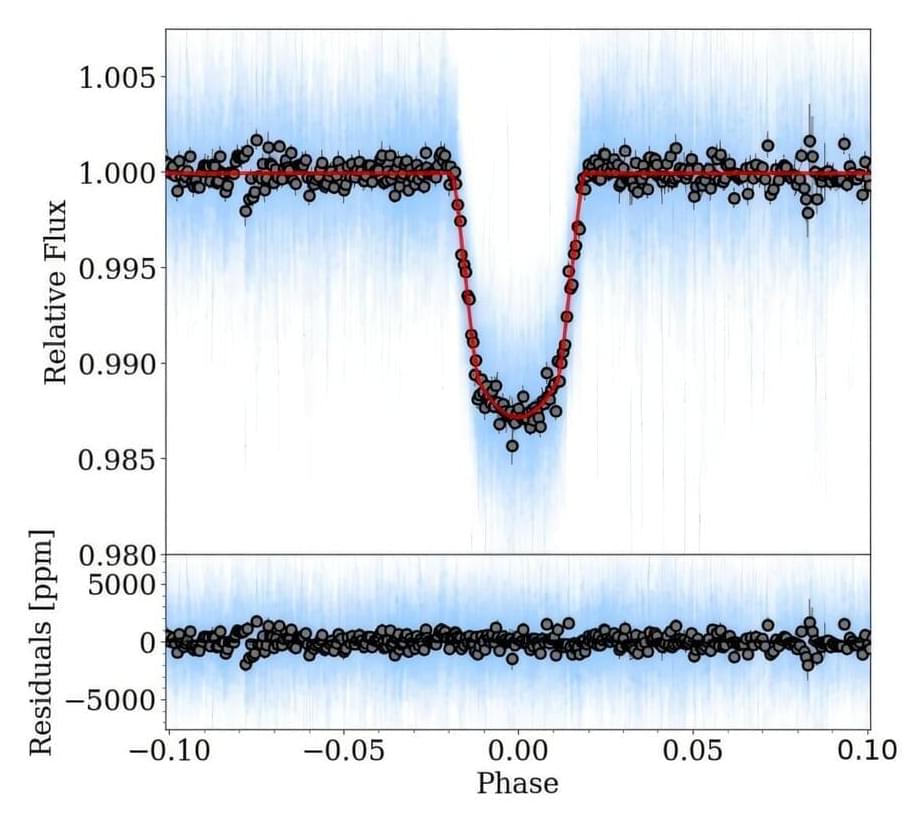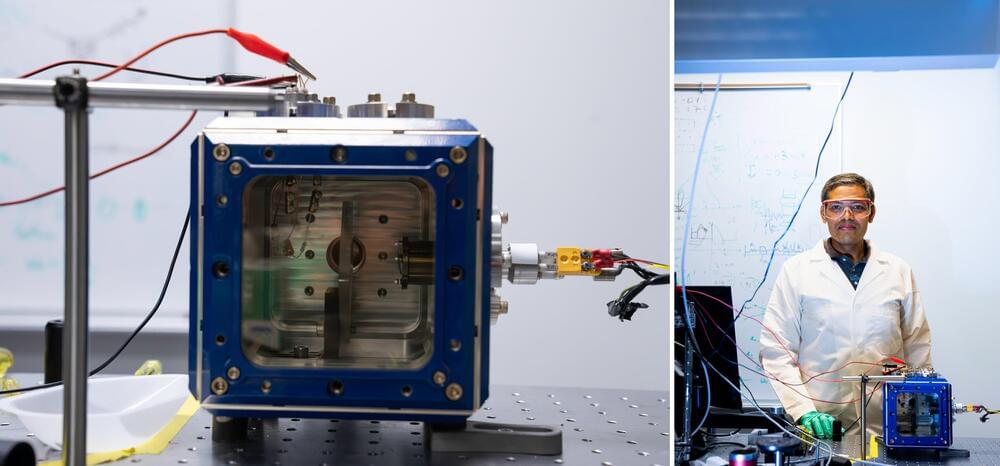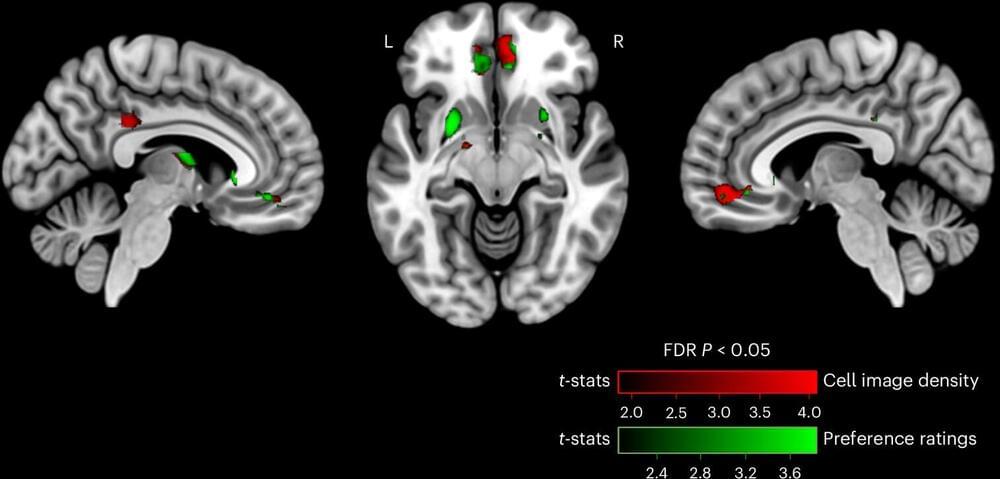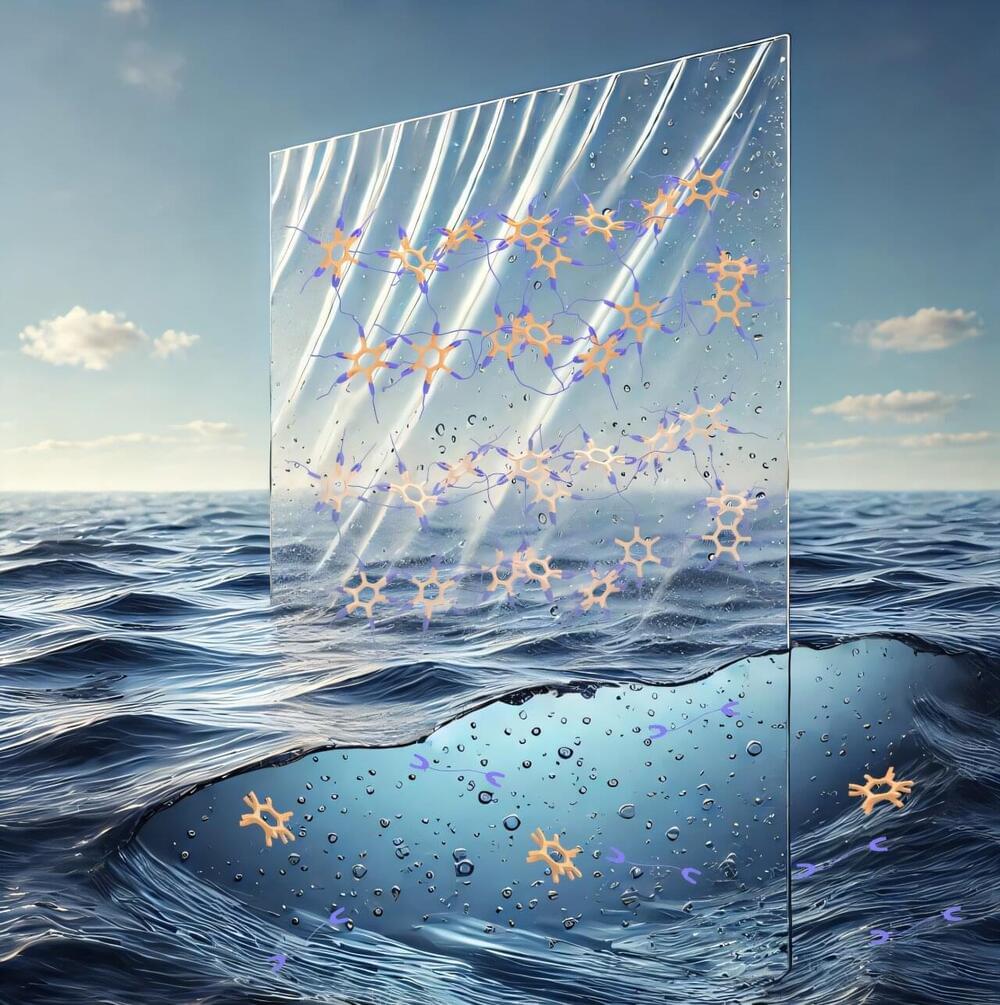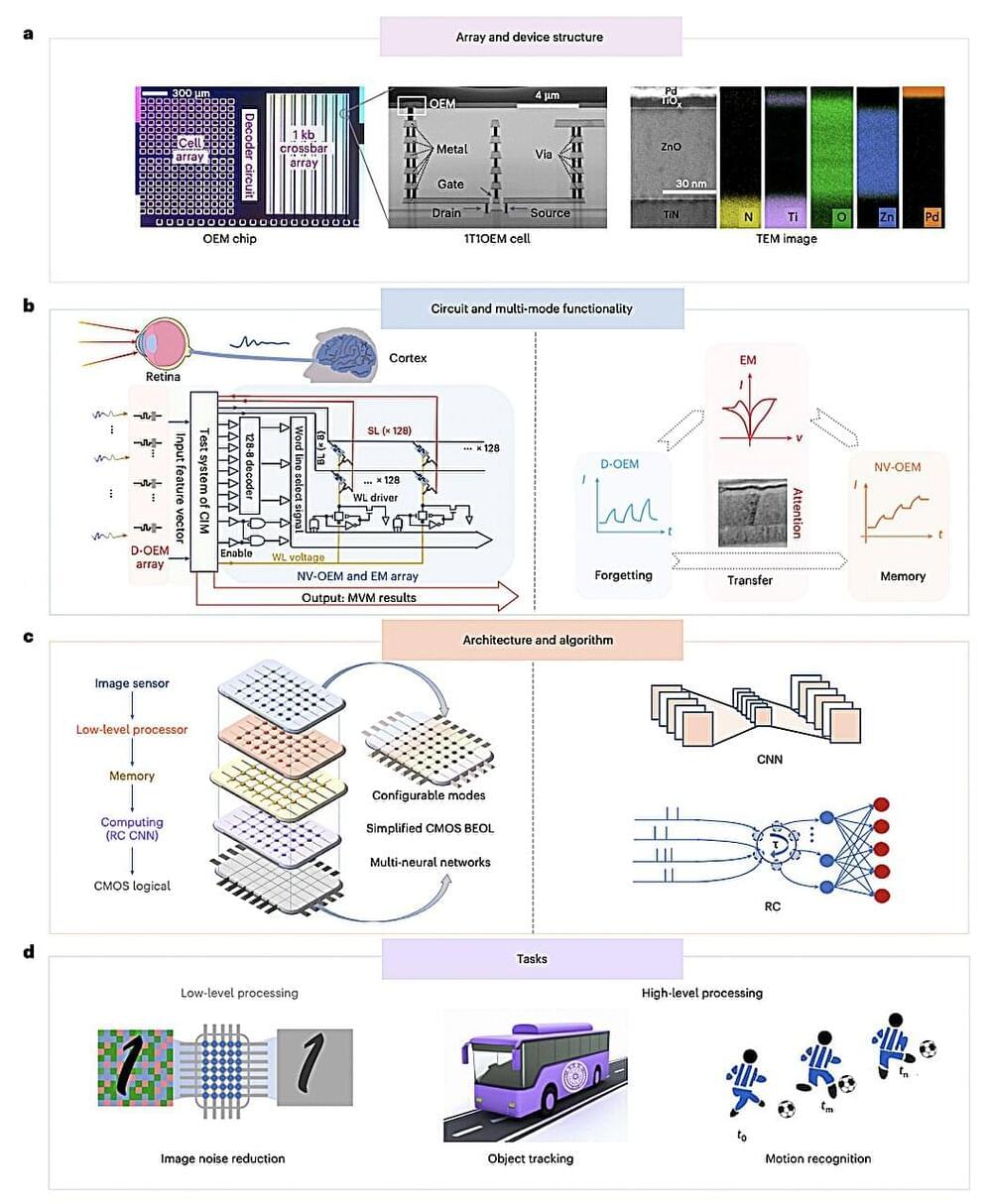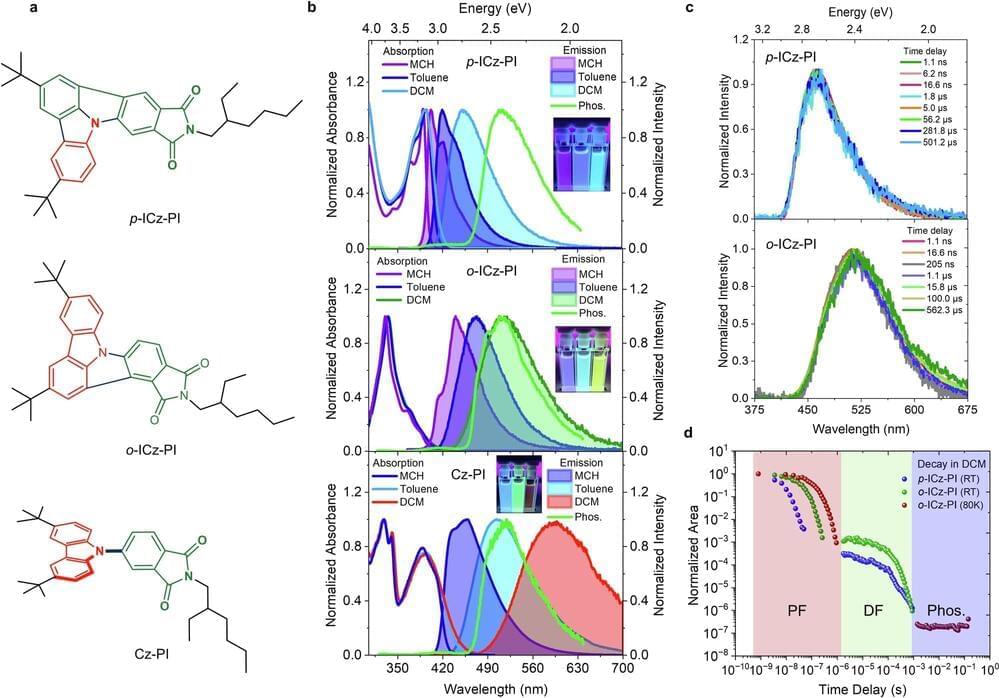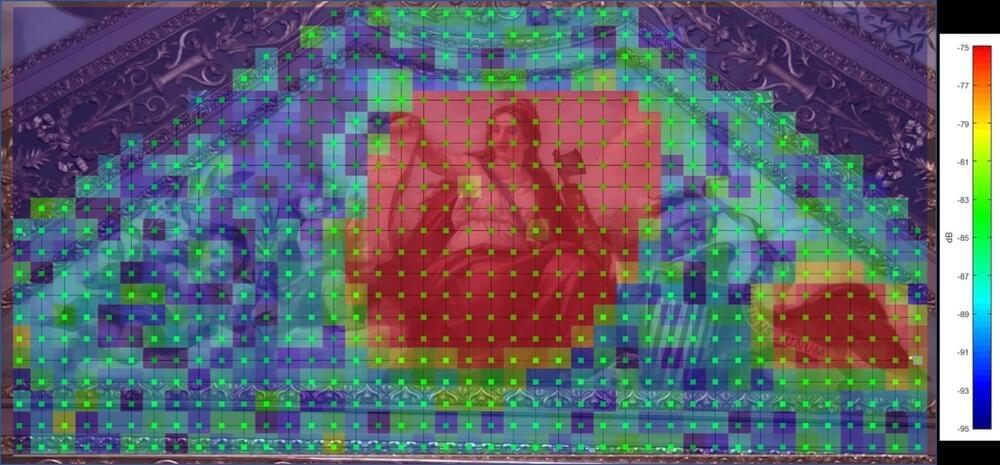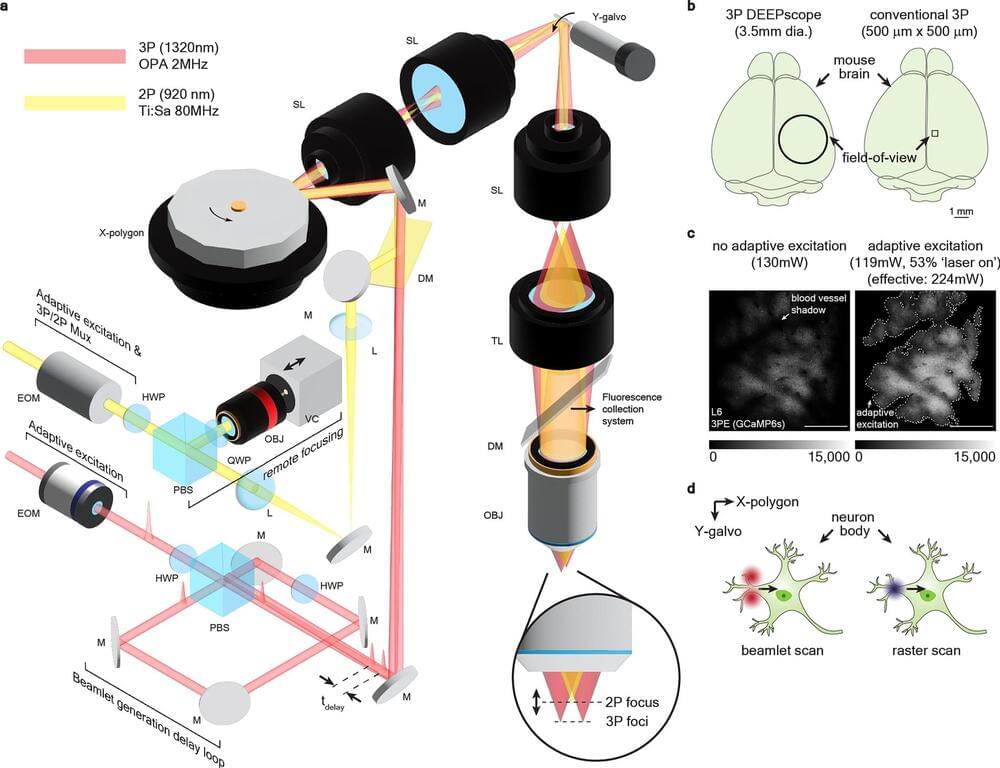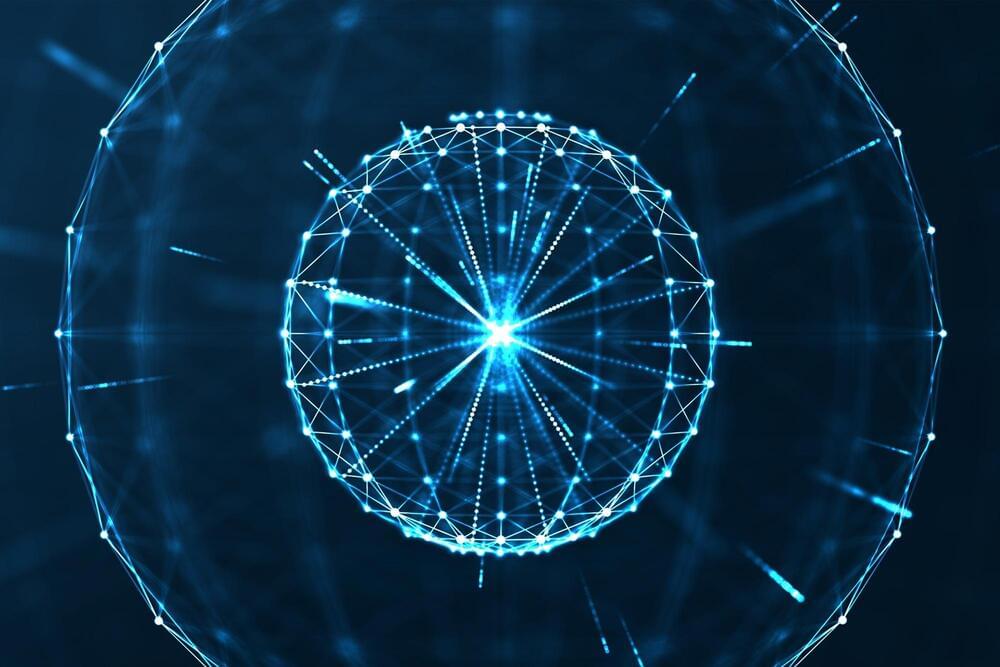An international team of astronomers has reported the detection of a new super-Jupiter exoplanet as part of the Next Generation Transit Survey (NGTS). The newfound alien world, located some 1,430 light years away, is nearly four times as massive as Jupiter and is estimated to be only millions of years old. The discovery was detailed in a paper published November 13 on the pre-print server arXiv.
NGTS is a wide-field photometric survey focused mainly on the search for Neptune-sized and smaller exoplanets transiting bright stars. The project uses an array of small, fully robotic telescopes at the Paranal Observatory in Chile, operating at red-optical wavelengths. It uses the transit photometry method to find new exoworlds, which precisely measures the dimming of a star to detect the presence of a planet crossing in front of it.
Now, a group of astronomers led by Douglas R. Alves has found another extrasolar world with NGTS photometry. The new planet was identified around NGTS-33—a fast-rotating massive hot star.
